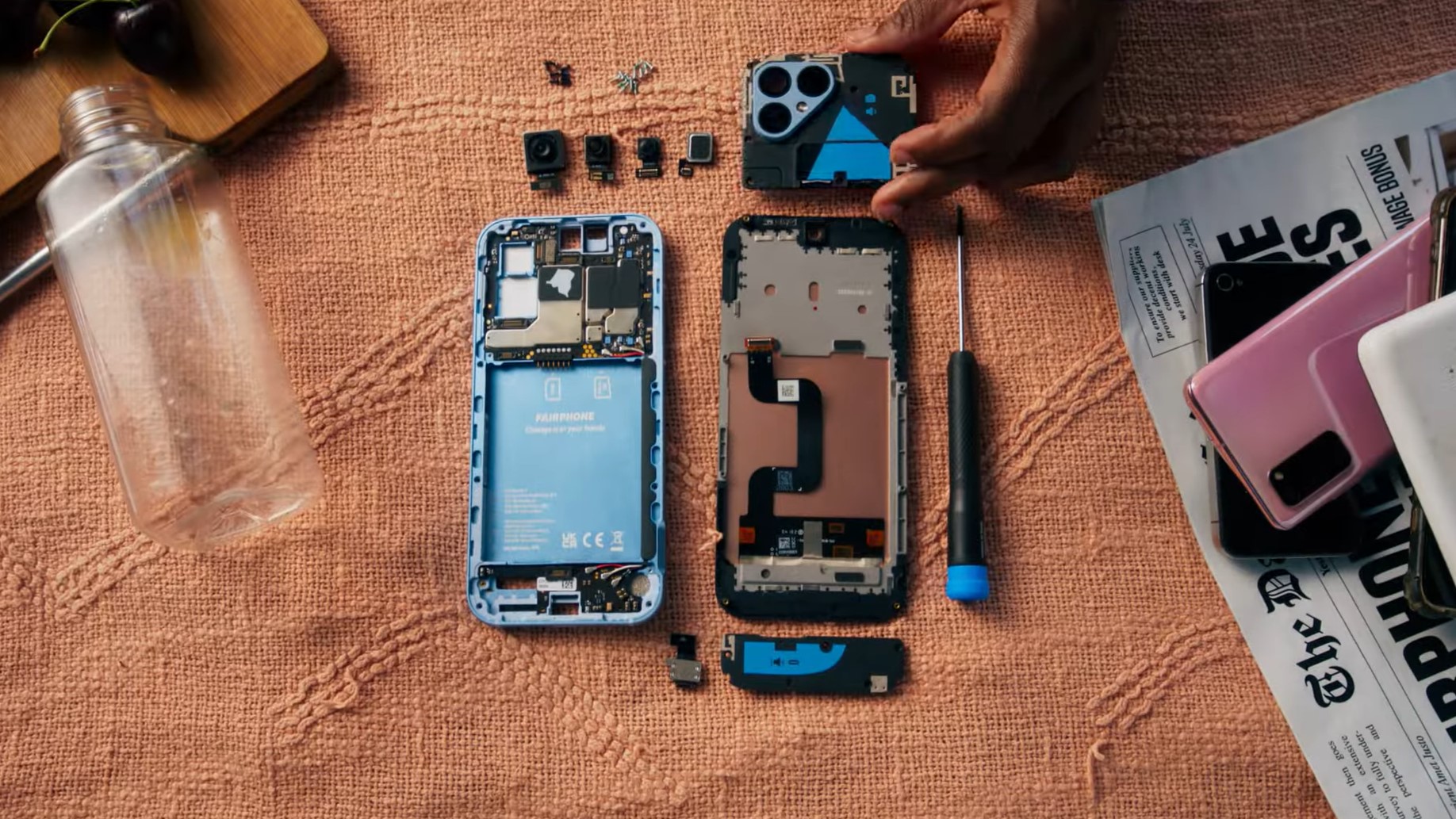What is a teraflop, and why is it a big deal on the Sony PlayStation 5?

Best answer: A teraflop measures the compute power of a system. For a console like the PlayStation 5, a 10.28-teraflop GPU means the ability to deliver much more immersive and life-like visuals.
- Game on: PlayStation Store Gift Card (From $10 at Amazon)
What is a teraflop?
Sony has shared more details on the PlayStation 5, and the upcoming console will feature 10.28 teraflops of GPU power. That's nearly six times as powerful as the original PlayStation 4 and over 2.5 times the power of the PlayStation 4 Pro.
Microsoft's Xbox Series X, meanwhile, is confirmed to have a 12 teraflop GPU. With console manufacturers touting teraflop figures as a key differentiator for their console, let's take a look at what a teraflop actually is, and why it matters for gaming.
In a nutshell, a teraflop is the ability to process one trillion floating point operations per second.
A FLOP is an acronym for floating point operations per second. Floating point operations include irrational numbers and decimal points, and they're much more complex than fixed point operations, which are limited to binary integers. Because of the inherent difficulty of floating point operations, they're used to measure the compute power of a particular system.
Without getting into the weeds, a teraflop (TFLOP) means the ability to process one trillion floating point operations per second. So when we say that the PlayStation 5 has a 10.28-teraflop GPU, what we mean is that the console has the ability to perform 10.28 trillion floating point operations per second. That's a huge deal, because that means the GPU on the PlayStation 5 can crunch through a lot of data very quickly.
Why are teraflops relevant for gaming?
In the context of gaming, the teraflop count roughly translates to a system's ability to draw polygons onto the screen and manipulate them. All the elements that you see in a game are rendered in the form of polygons, and because this rendering is heavily reliant on floating point operations, a higher TFLOP count means the ability to render more polygons.
Furthermore, the PlayStation 5 will leverage features like ray tracing to deliver life-like visuals, and these features rely heavily on the GPU as well. This is another area where the 10.28 teraflops of power will give the console an advantage.
Be an expert in 5 minutes
Get the latest news from Android Central, your trusted companion in the world of Android
PlayStation 5 and 10.28 teraflops — does the number really matter?
While it's exciting to see that the PlayStation 5 may feature a GPU that will deliver 10.28 teraflops of power, that doesn't mean games will look twice as good. The teraflop count is an indicator of the maximum performance capabilities of a system, and there are several other factors that will dictate how it performs in real-world usage scenarios.
A teraflop is an indicator of maximum power — there are several factors that will affect real-world performance.
I'll use a car analogy here, because the way auto manufacturers tout brake horsepower (BHP) is similar to how hardware manufacturers talk about teraflops. Take the Ferrari 488, for instance. The car has 661 BHP, and that's a lot for a road-going vehicle (my Polo has a measly 105 BHP). But even though the Ferrari 488 has all that brake horsepower, it won't be able to put all of it down on the road. Unless it's on a track with slick tyres, it's probably using a fifth of the available BHP.
That's the case with teraflops as well — think of it as the peak performance available to the system. Just because the PlayStation 5 has a 10.28-teraflop GPU doesn't mean it will be twice as fast as the PlayStation 4 Pro. A lot of factors ultimately affect real-world performance figures, including the core speed of the CPU and read/write performance of the SSD. But usually, a high teraflop figure means there's a lot of overhead for developers to work with. And that's always a good thing.
We've rounded up the rest of the PlayStation 5 details if you're interested in taking a look at what Sony is cooking up for later this year.

Harish Jonnalagadda is Android Central's Senior Editor overseeing mobile coverage. In his current role, he leads the site's coverage of Chinese phone brands, networking products, and AV gear. He has been testing phones for over a decade, and has extensive experience in mobile hardware and the global semiconductor industry. Contact him on Twitter at @chunkynerd.
